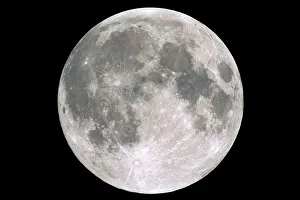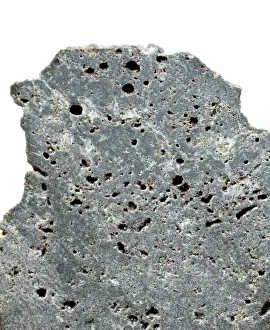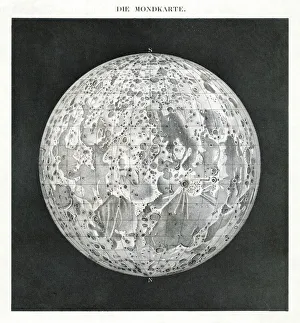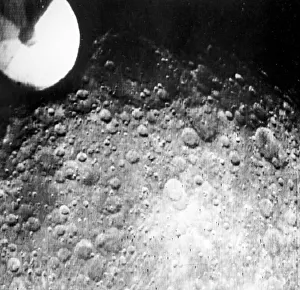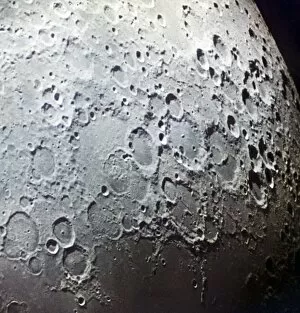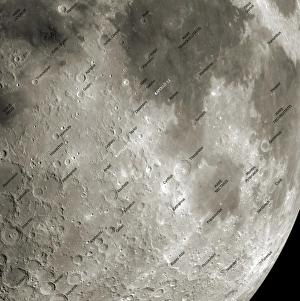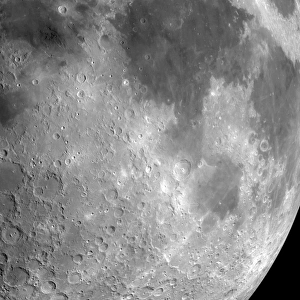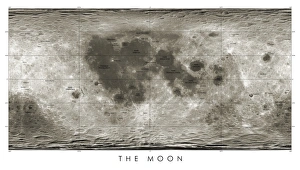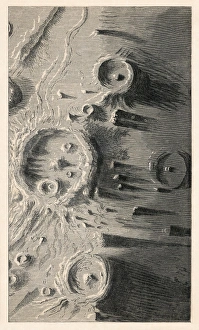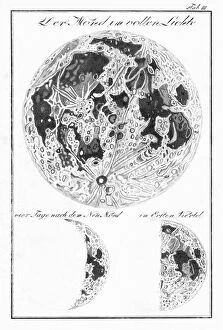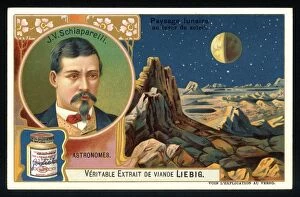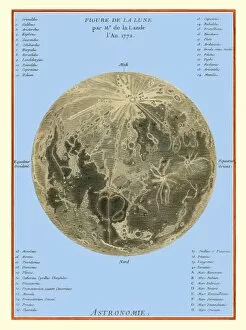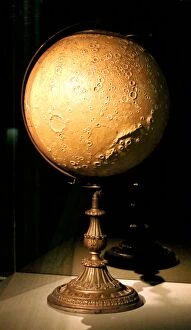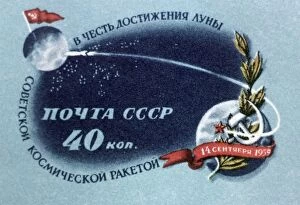Selenology Collection
Selenology, the fascinating study of the Moon, takes us on a celestial journey through space and time
All Professionally Made to Order for Quick Shipping
Selenology, the fascinating study of the Moon, takes us on a celestial journey through space and time. With its enchanting allure, the Full Moon captivates our imagination as we gaze upon its radiant glow. It serves as a constant reminder of humanity's remarkable achievements, such as Apollo 17's collection of lunar basalt samples that unravel the mysteries hidden beneath its surface. Delving deeper into selenology, we explore an intricate Lunar map from 1854, showcasing early attempts to understand this enigmatic celestial body. The Moons' rugged terrain comes to life in stunning detail through images like Zond 3's captivating snapshot of its surface. As we marvel at these visuals, an artwork depicting a Gibbous Moon reminds us of the ever-changing phases it gracefully transitions through. The intrigue intensifies with discoveries like lunar meteorite DAG 262 – a fragment from another world that found its way to ours. Zond 7's image further immerses us in selenology by capturing breathtaking vistas of the Moon's diverse landscapes. Stepping back for a broader perspective, artworks portraying The Moon from space offer awe-inspiring views that showcase both beauty and isolation simultaneously. These ethereal representations remind us how small yet significant our place is within the vastness of outer space. Venturing even further into uncharted territory, we encounter the mysterious Far side of the Moon - forever hidden from Earthly view until recent explorations unveiled its secrets. Through artistic renderings and scientific endeavors alike, selenologists strive to uncover every facet and intricacy surrounding this cosmic neighbor. Selenology invites us on an extraordinary expedition where science meets artistry; where ancient maps meet modern technology; where humans reach beyond their earthly confines to grasp what lies beyond our atmosphere. This captivating field continues to inspire curiosity about our closest celestial companion while pushing boundaries towards unlocking more profound insights about our universe.

